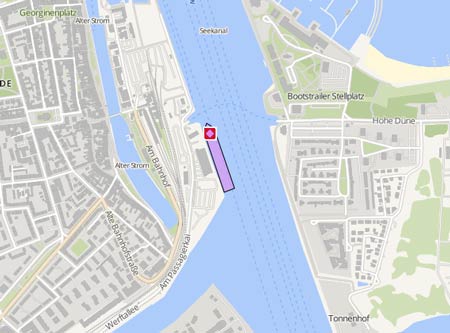KIRIBATI CHIEF
Course/Position
Latest ports
Latest Waypoints
Latest news
Cargo Ship Helps Study Ocean Carbon
Measuring devices being installed on a general cargo ship will provide oceanographers with important data on the oceans’ ability to slow the build-up of carbon dioxide in the atmosphere as part of a major new collaboration between industry and the National Oceanography Centre (NOC) in the U.K. The cargo ship Shengking is operated by China Navigation Company which is partly funding the project. Scientists from the NOC will use the Shengking to record changing patterns in the flow of carbon dioxide between the air and oceanic surface waters. The data will be sent immediately to the scientists via satellite. The oceans play a major role in reducing the rate at which the planet is warmed, by absorbing carbon dioxide from the air. There is also evidence that as the oceans absorb more carbon dioxide they become more acidic – threatening the health of calcareous ecosystems like coral reefs. It is therefore of interest to know where and how carbon dioxide is entering and changing the oceans. http://www.maritime-executive.com/article/cargo-ship-helps-study-ocean-carbon
Upload News

